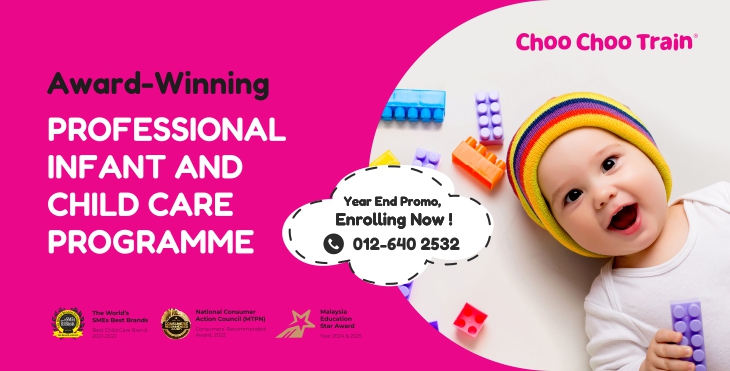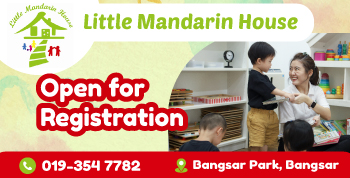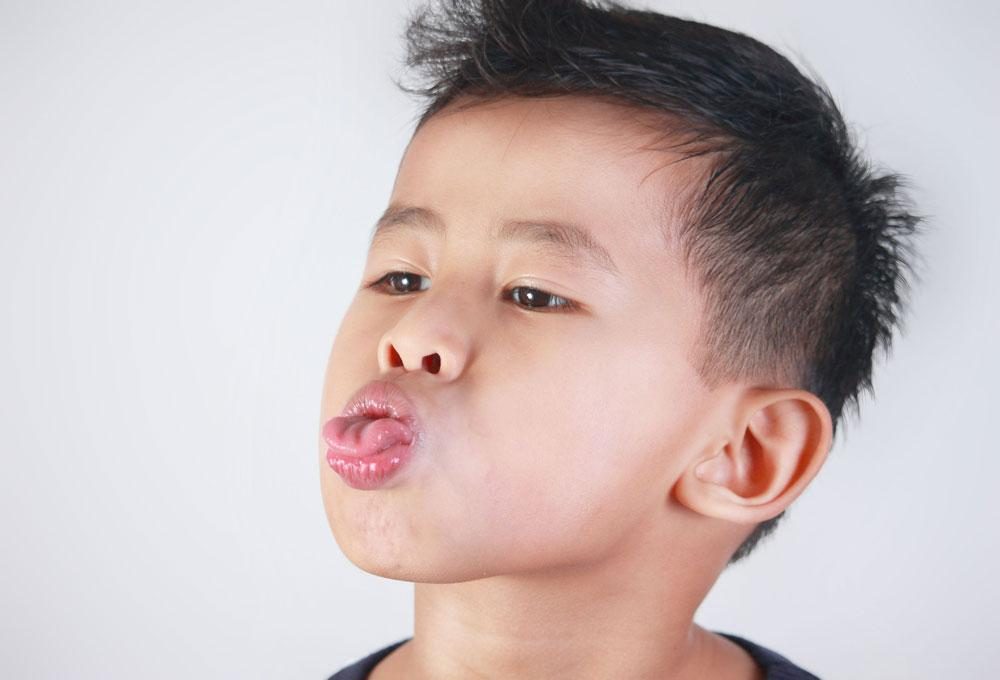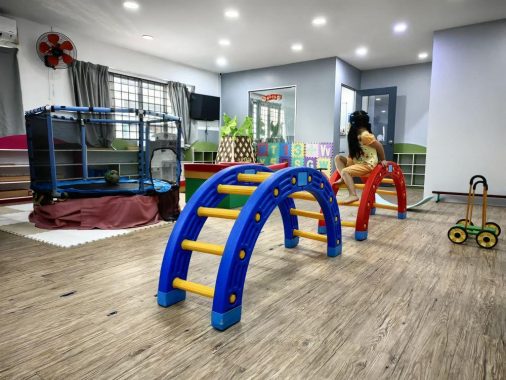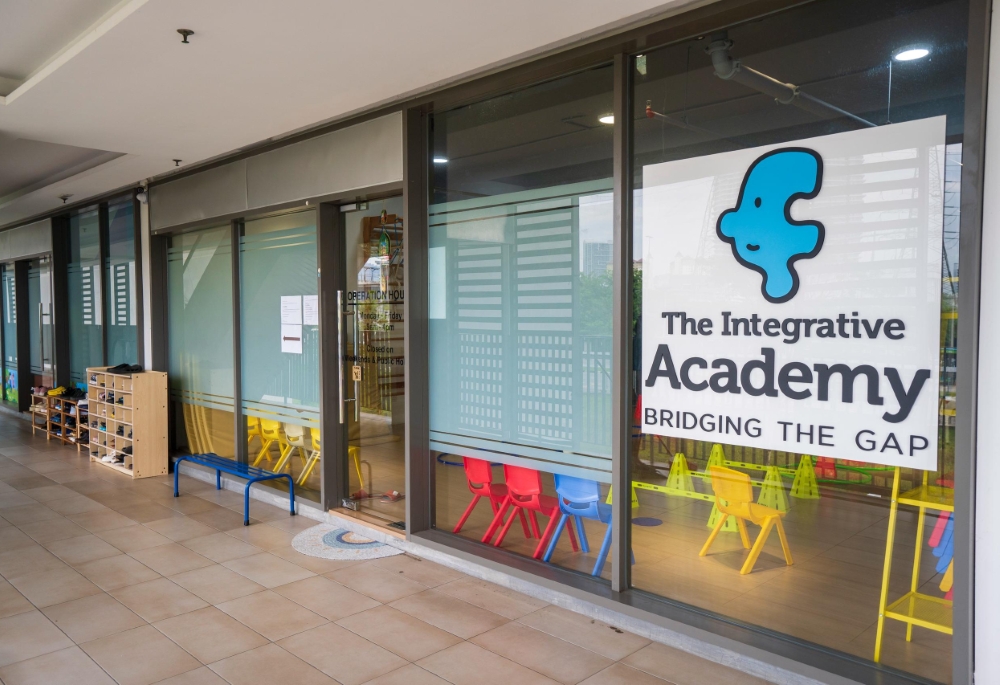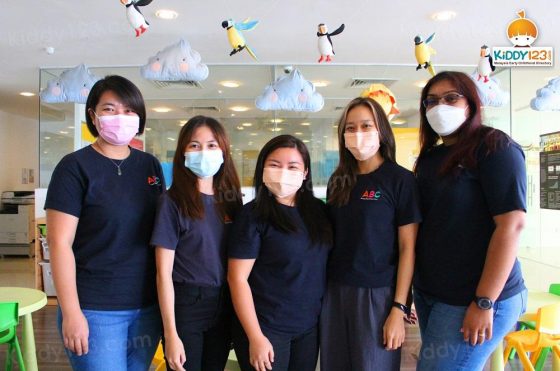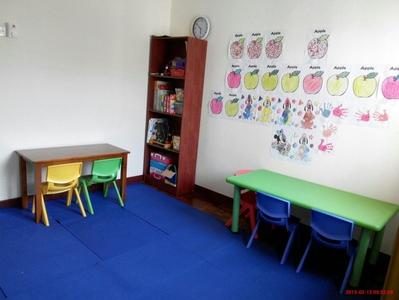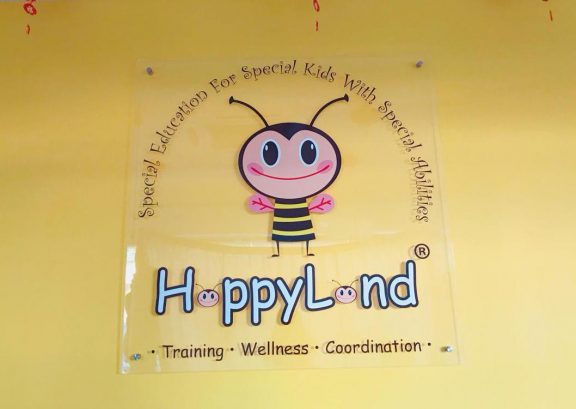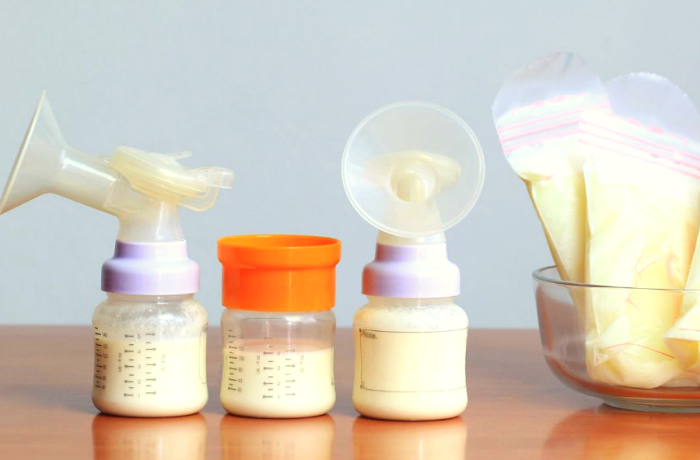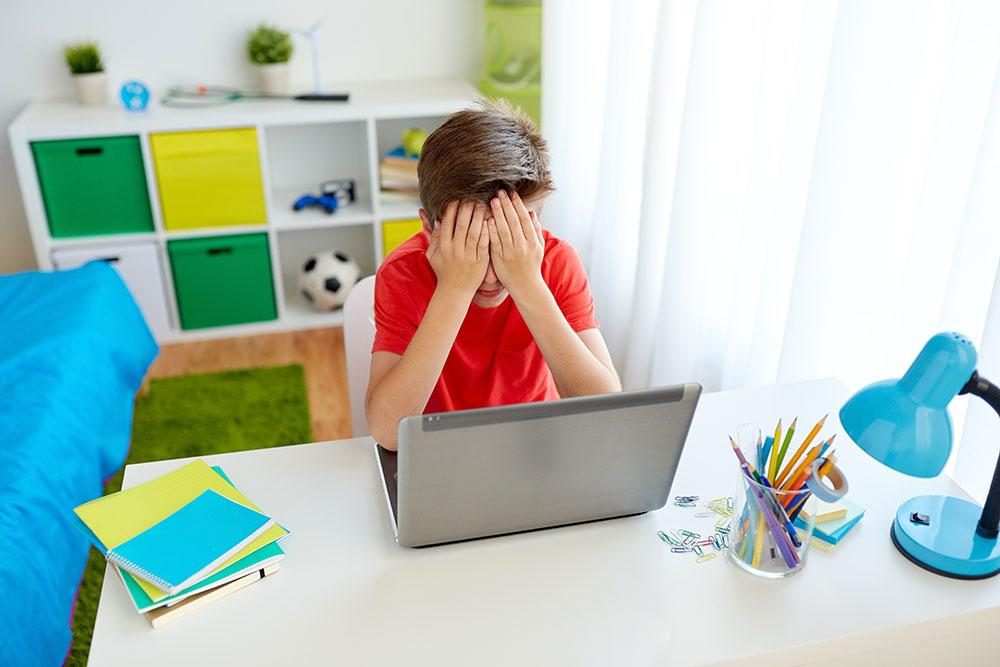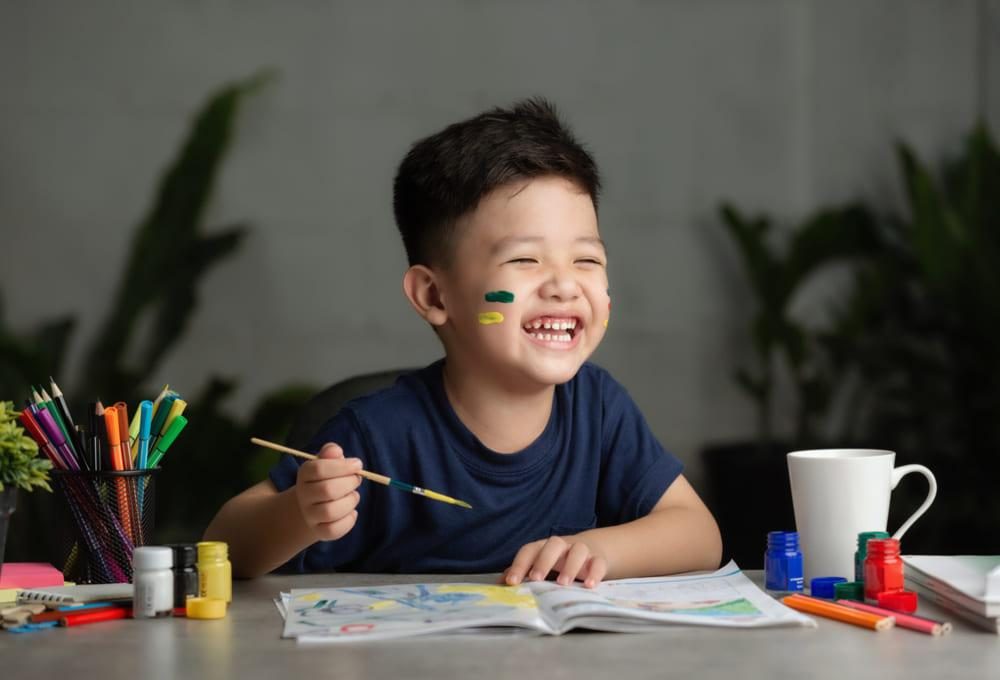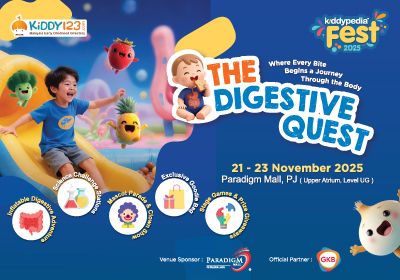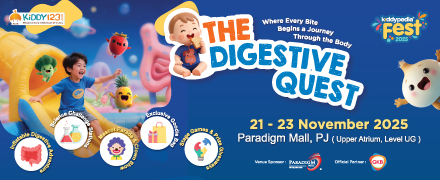Independence Starts Young
by on 05/07/2025 ...
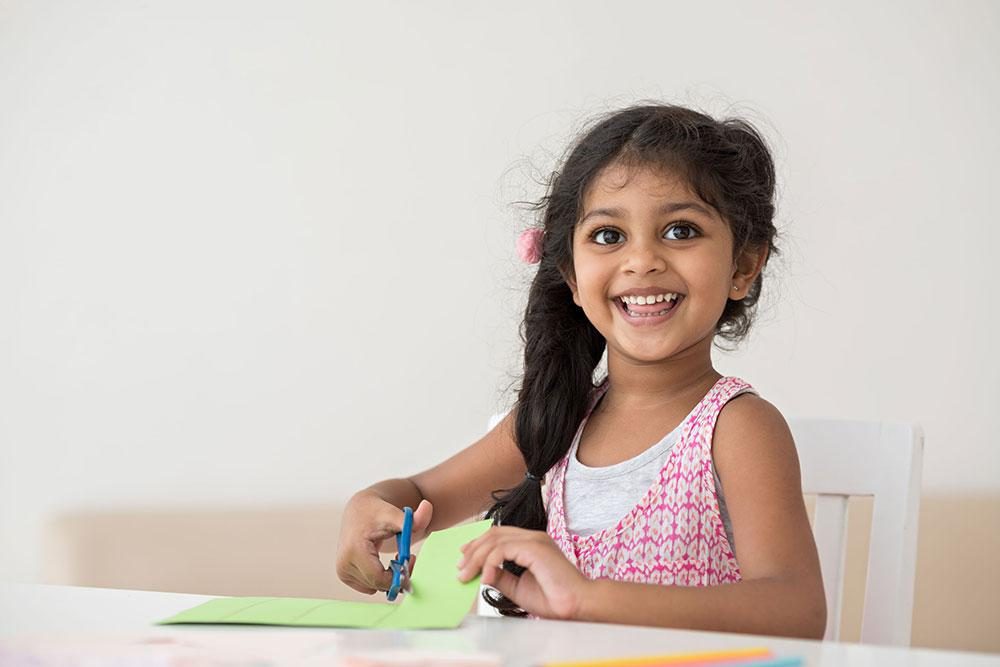
By Ch’ng Mei Qi (Occupational Therapist at Oasis Place)
Being able to look after ourselves physically (and financially) and making decisions about how we want to spend our day are all part of the independence we all want for ourselves. However, these abilities are not something that we are inherently born with. We actually learn these skills and develop proficiency as we practice them.
The first step towards independence typically begins with being self-sufficient in daily activities like eating, getting dressed, and doing household chores. Engaging children in appropriate self-care activities from a young age can encourage them in their pursuit of self-reliance and autonomy.
Infants as young as 6 months may begin to show signs of engaging with self-care activities like feeding themselves finger foods or holding onto their bottle while drinking.

The table below indicates some expected self-care developmental milestones:
Self-care Developmental Milestones
|
1 year old |
● Drinks from cups held by adults ● Cooperates with dressing ● Uses their fingers to self-feed parts of the meal |
|
1½ year old |
● Drinks from a cup independently with some spilling ● Removes socks and shoes without assistance ● Uses a spoon to feed themselves with some spilling ● Attempts to brush their own hair |
|
2 years old |
● Proficient with using a spoon and drinking from a cup ● Able to unzip zippers ● Able to remove clothes without buttons |
|
2½ years old |
● May be able to indicate needing the toilet ● Pull up pants with assistance ● Able to wash hands ● Brush their teeth with assistance |
|
3 years old |
● Toilet trained ● Eat independently ● Able to pour water from one cup to another ● Unbuttons their own clothes ● Puts on shoes without laces |
|
4 years old |
● Independent with toileting, including wiping self ● Wipes after toileting ● Brushes teeth independently ● Able to put on buttons independently |
|
5 years old |
● Dresses independently ● Bathes independently |
|
6 years old |
● Ties own shoelaces ● Combs hair ● Remembers to bring own belongings |
These developmental milestones are guidelines for the average age that children may begin participating in self-care tasks. If a child has delays in performing some of these self-care tasks, the child can learn through different strategies. However, it is imperative that we identify the difficulties behind such delays.
What Could Affect Participation in Self Care?
Have you ever wondered why some children dislike brushing their teeth, cutting their nails, showering, getting dressed or buttoning their clothes? They could very well just not find these tasks meaningful or interesting. But there could also be an underlying problem that needs to be addressed.
A child who faces sensory challenges might dislike the tastes/textures involved with brushing their teeth or find clipping their nails unpleasant. Difficulties with fine motor skills can also affect a child’s ability and confidence with buttoning, zipping or tying their own shoelaces. Motor coordination and planning challenges can make everyday tasks like putting on clothes properly demanding and effortful. Challenges with gaining proficiency in self-care skills is not the same for every child, nor is it binary. Observation and discussions with your child can point you in the right direction with identifying and addressing the root cause.

Strategies for Engaging Your Child in Self-Care
Getting children interested in self-care (and eventually gaining independence) may require some creativity to make it fun and interesting. It can be as simple as providing your child with a set of cooking tools with play (or real) ingredients to imitate your actions while preparing a meal. Encouraging independence in ‘simpler’ steps (i.e. squeezing toothpaste onto the toothbrush / cracking an egg) before you assist them in the rest of the activity (brushing their teeth / frying an egg) might also facilitate a child’s understanding of a sequence and give them a sense of success.
Other ideas include:
Using a visual schedule or checklist.
- Role play using toys—washing toys, dressing and undressing, feeding etc.
- Role play with peers or parents—this could involve pretending to run a hair salon or restaurant and participating in activities such as sweeping and wiping.
- Using songs or dances related to self-care to practice the actions and steps, and to reinforce while doing the actual activity.
- Engaging in activities that develop a sense of responsibility and achievement—such as preparing snacks or helping to make lunch;.

Adaptations/Accommodations for Self-Care
Adaptation or accommodation strategies can be used to assist a child in performing self-care tasks. For example, using a spoon with a bigger handle so it’s easier for them to hold. Or a bigger ring for the child to pull a jacket zipper up. Other tools or suggestions to help a child to perform self-care tasks include:
➔ Electronic toothbrushes
➔ Velcro/slip on shoes instead of laces
➔ Visual cues/steps as a reference to follow
➔ Chair with back support while putting on shoes for a child who has a weaker core or trunk control
➔ Nosey cup for the child who does not have a good neck extension upwards
➔ Cup with handle for better grasp

If a child is showing challenges with self-care tasks, it is crucial that we observe and understand why. This will enable us to provide support to encourage their independence. When a child is first learning to participate in daily, self-care activities, the process is likely to take longer and can be even messier. However, it is important to remember that it is all a learning process and one that will greatly benefit your child in the long run.
ABOUT OASIS PLACE
Oasis Place, located in the heart of Kuala Lumpur, is Malaysia’s largest multidisciplinary intervention centre, embracing a client-centered approach through transdisciplinary intervention. We offer all our assessment and therapy services onsite at our centre, offsite at schools, and online through OPConnect. At Oasis Place, helping people learn and grow is at the heart of everything we do. We work with all learning different individuals – from Autism Spectrum Disorder, Attention Deficit Hyperactivity Disorder, Dyslexia and Dyscalculia to Down Syndrome. Our core services are Psychology, Speech & Language Therapy, Occupational Therapy, Music Therapy, Continuous Education and Nutrition.
For more information on our services, please visit our website at www.oasisplace.com.my , Facebook at OasisPlaceMalaysia, Instagram and Twitter @OasisPlaceMY
Contact: Try This If You’re Struggling to Teach Your Kid











